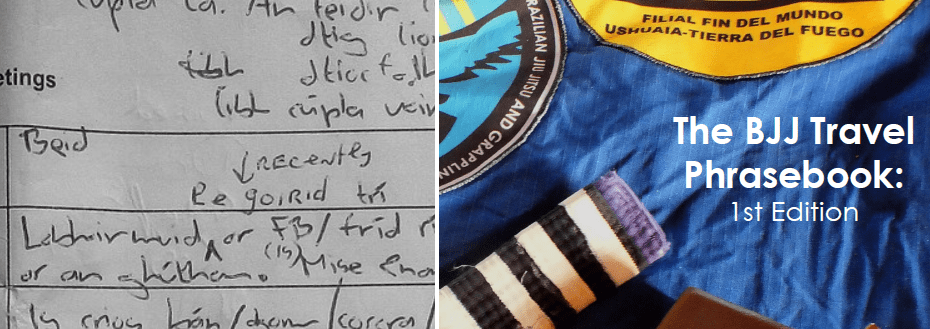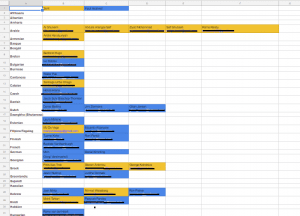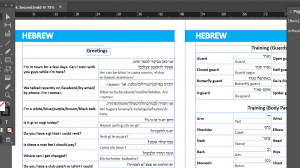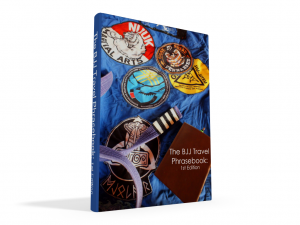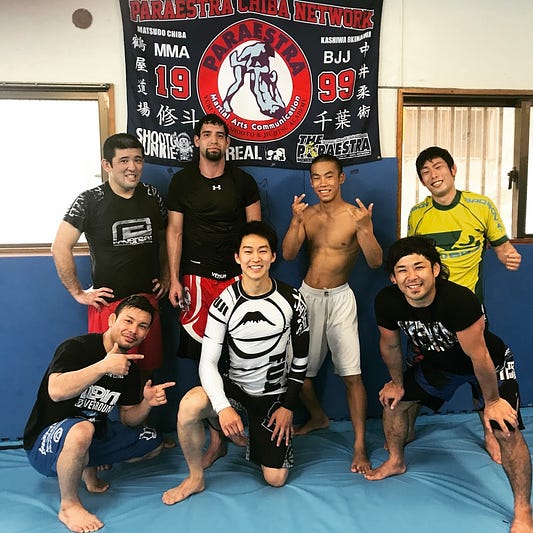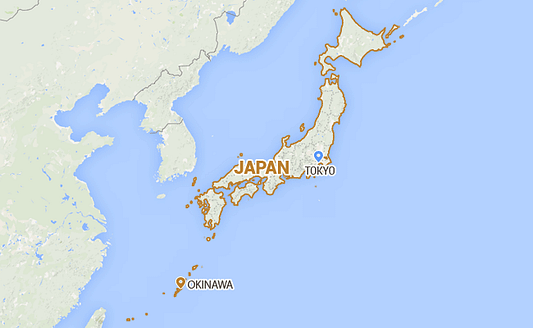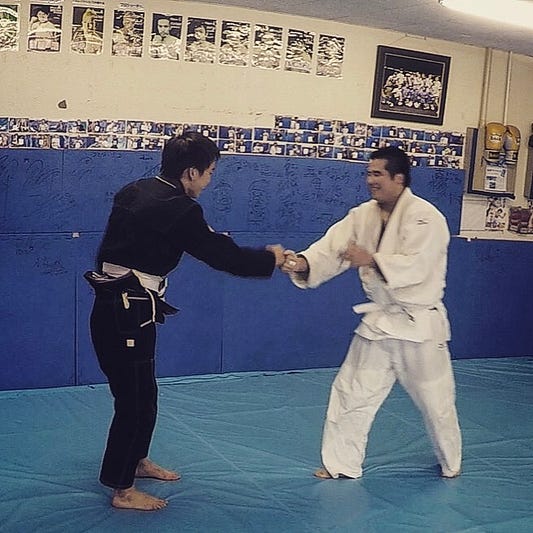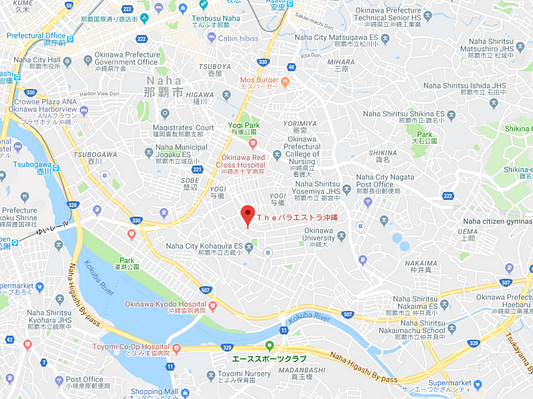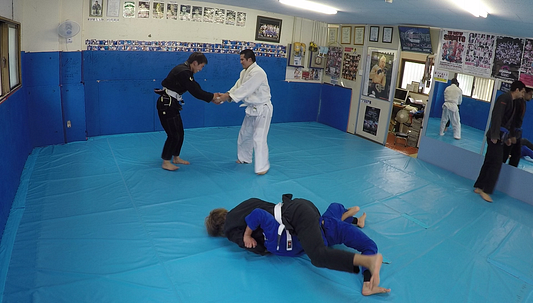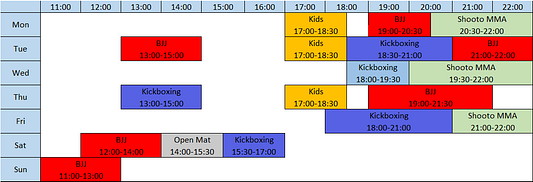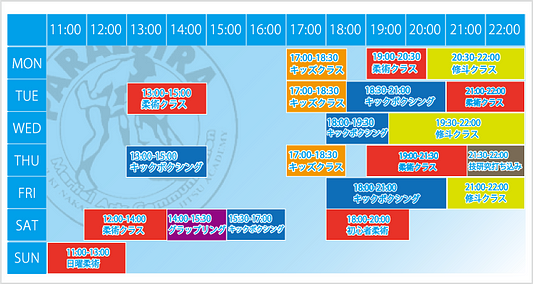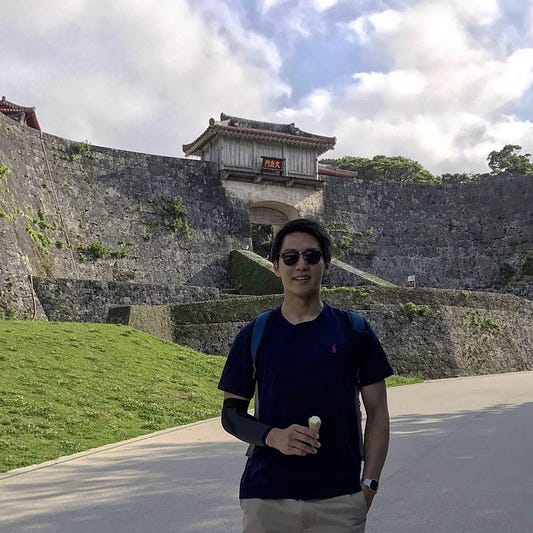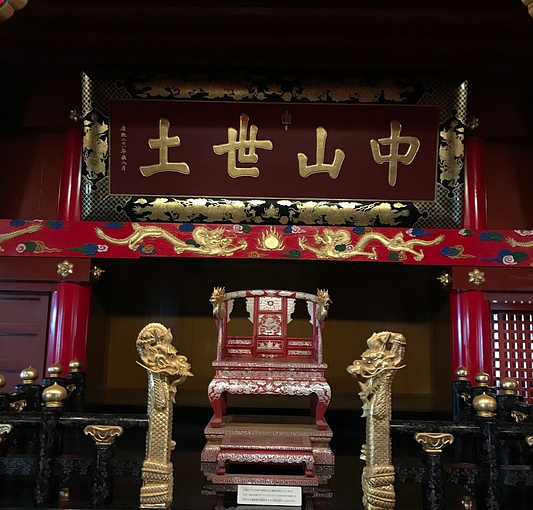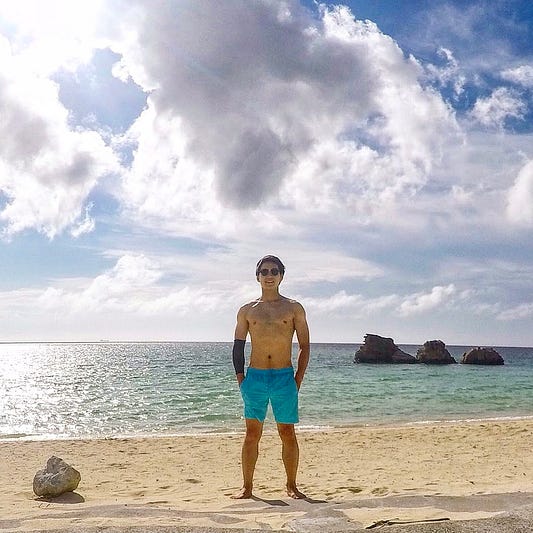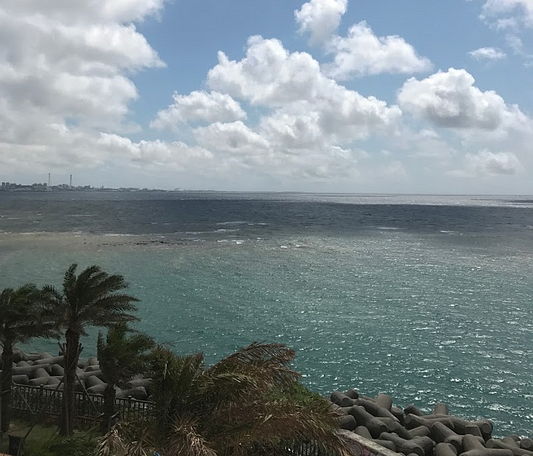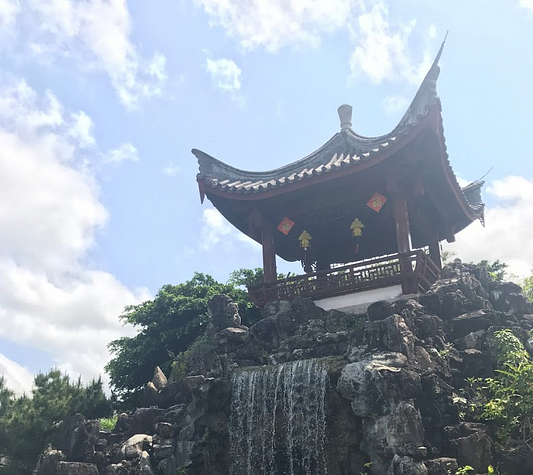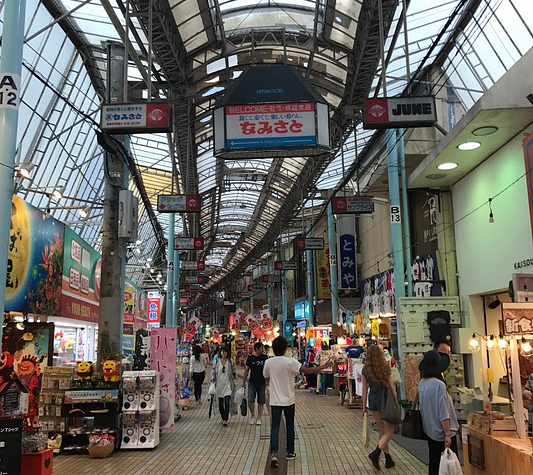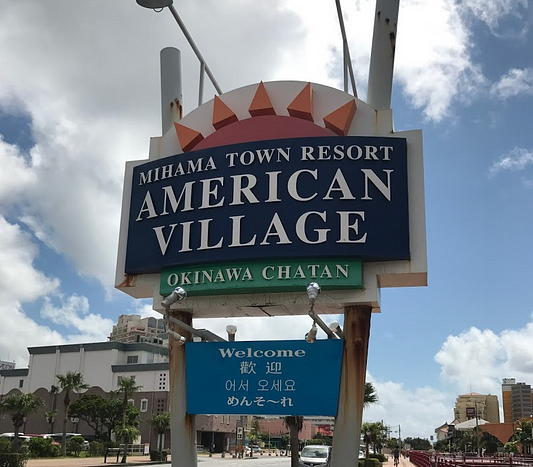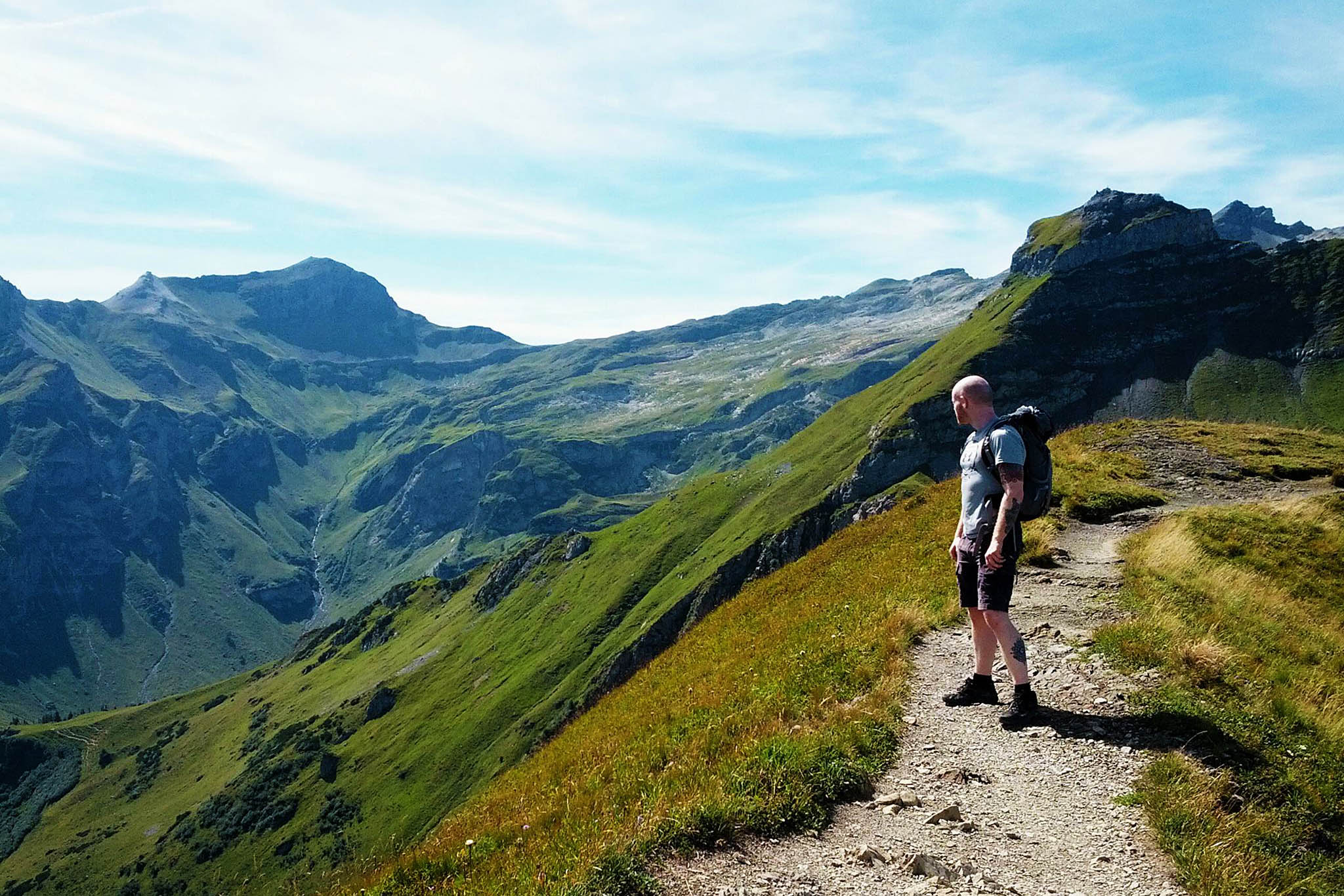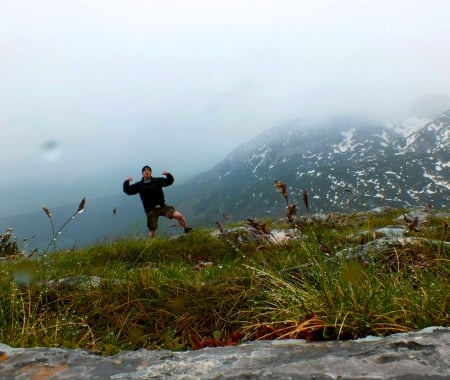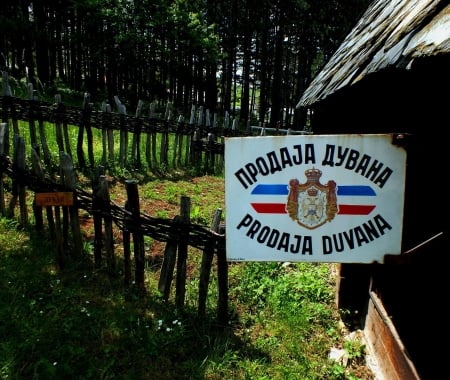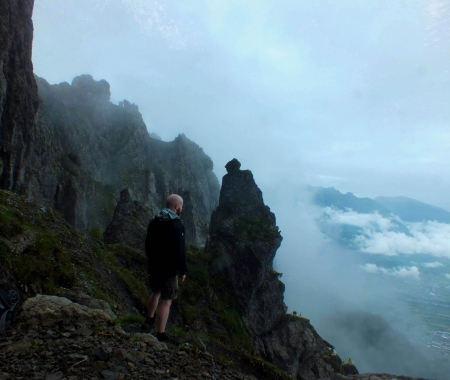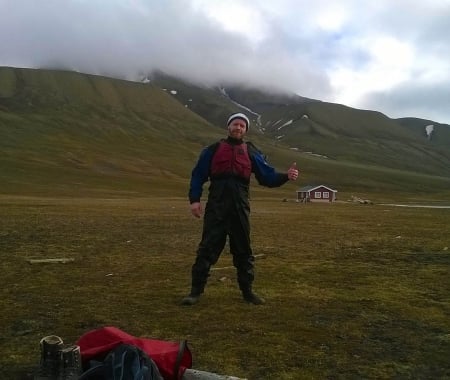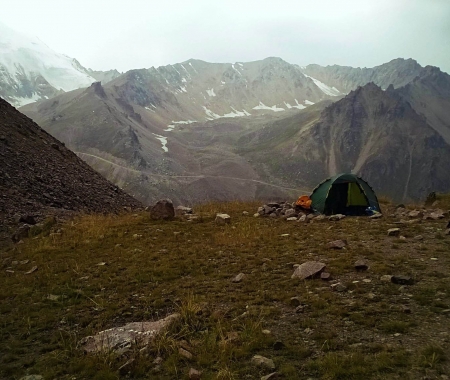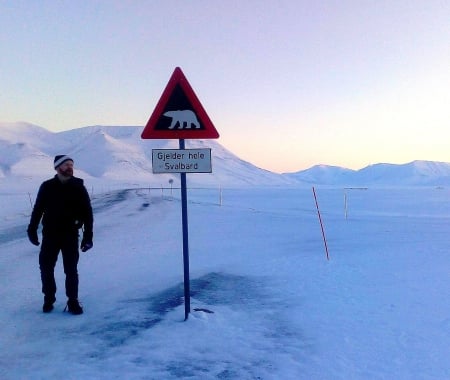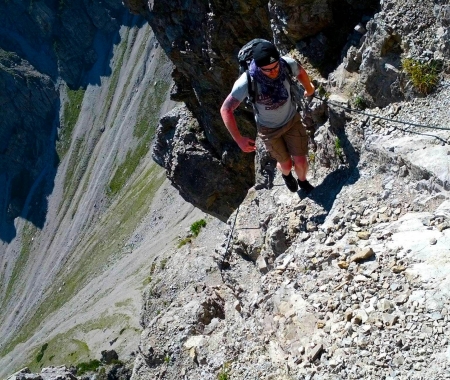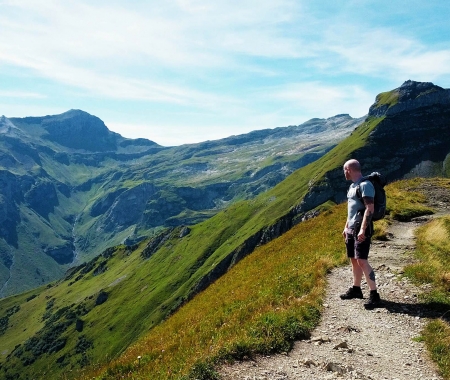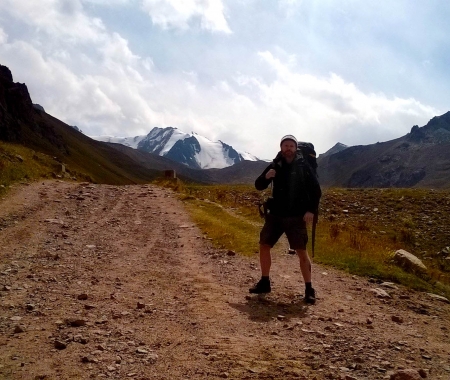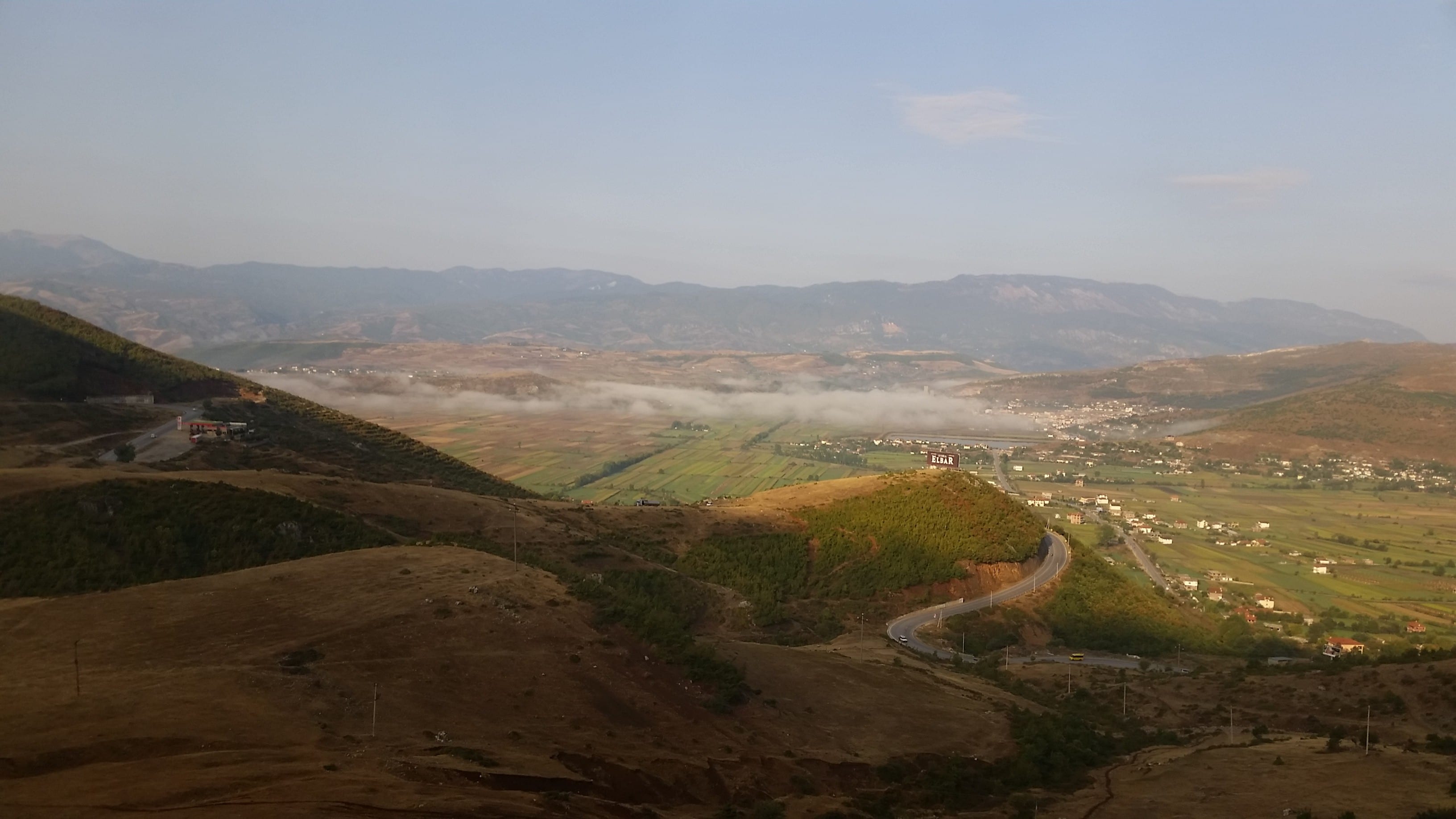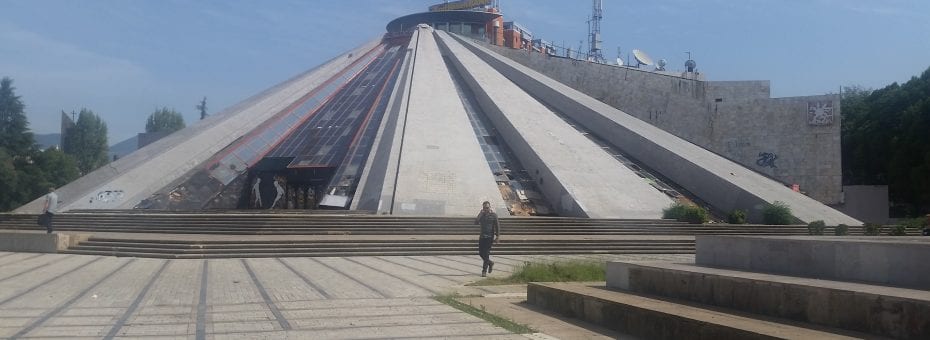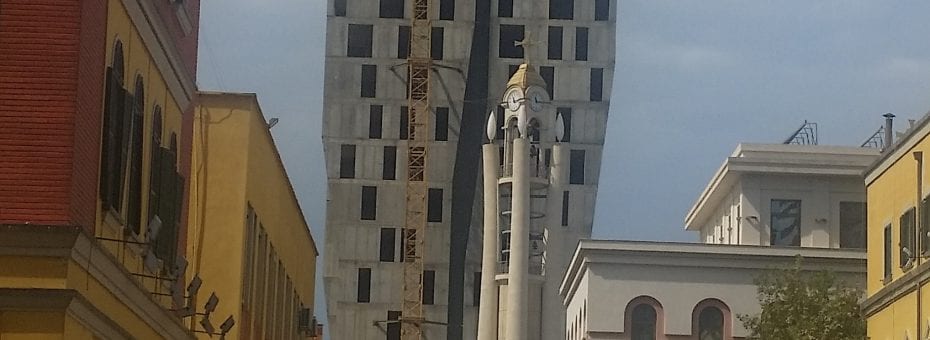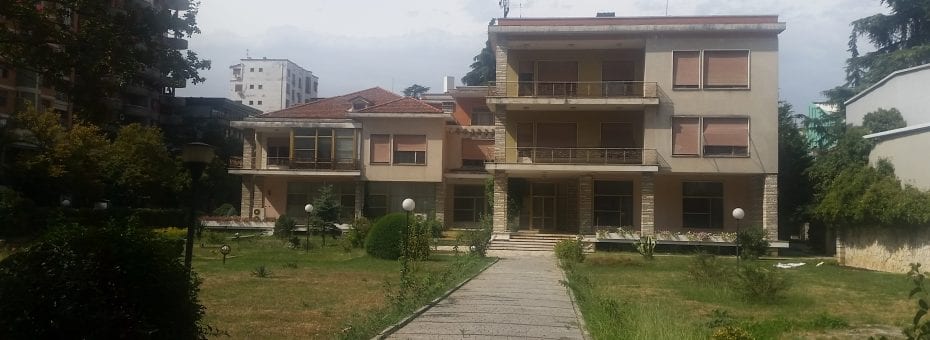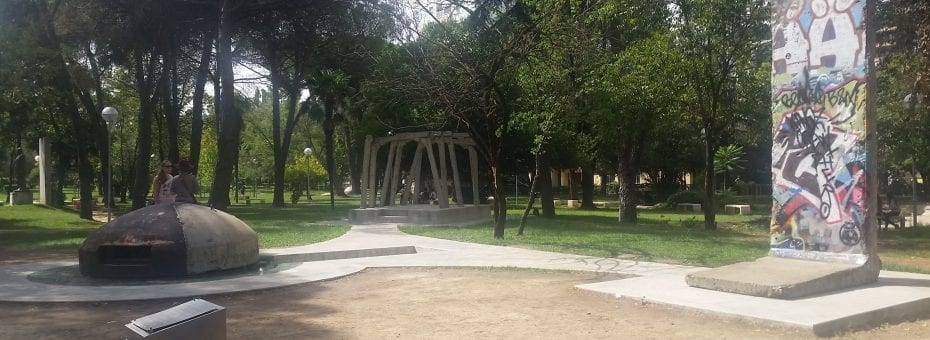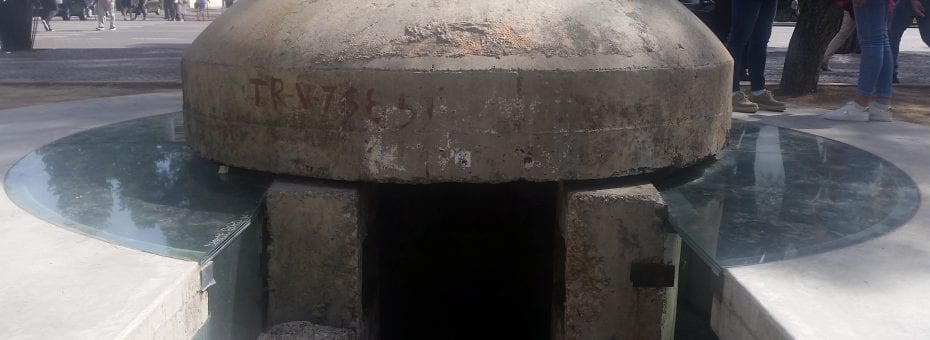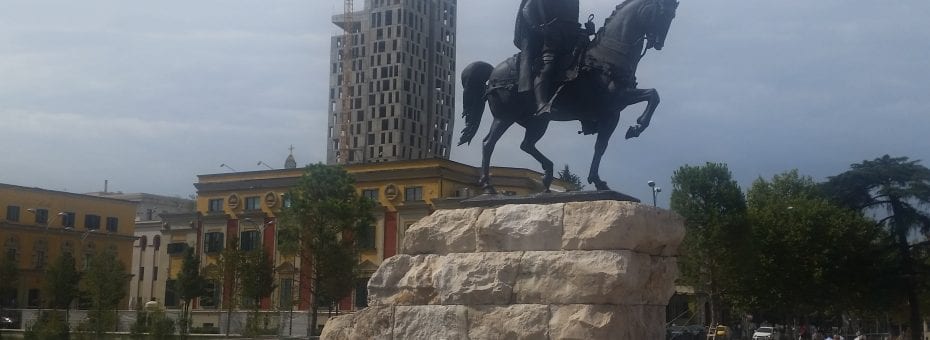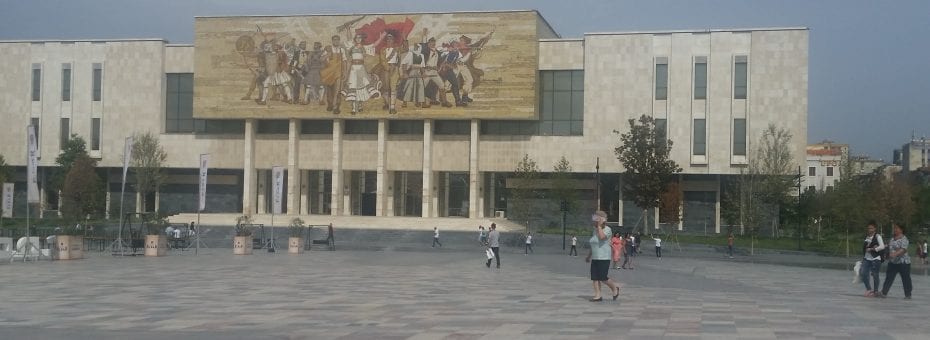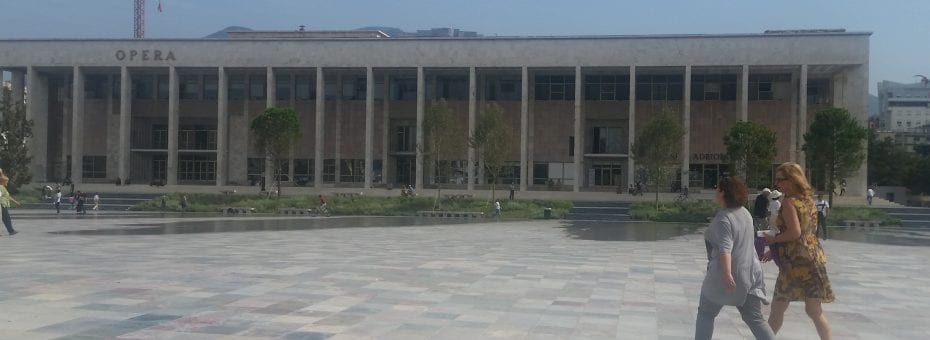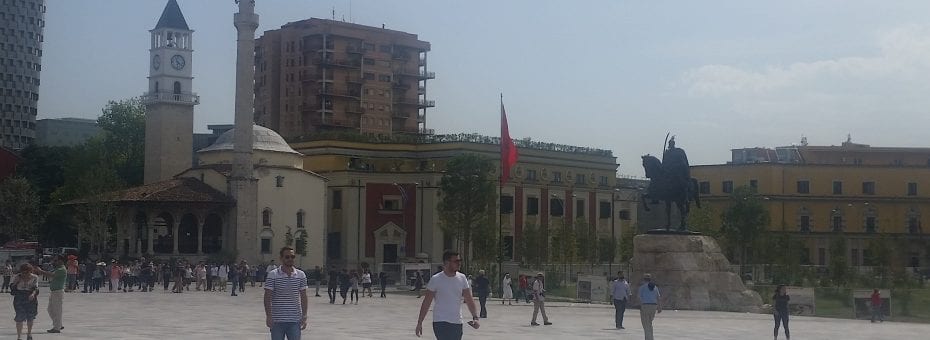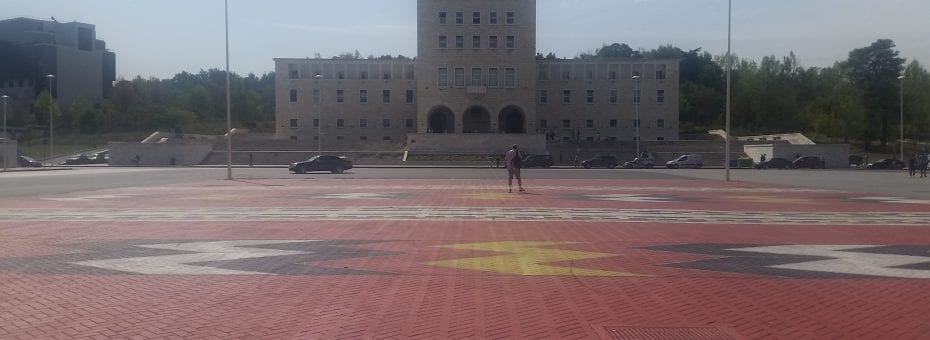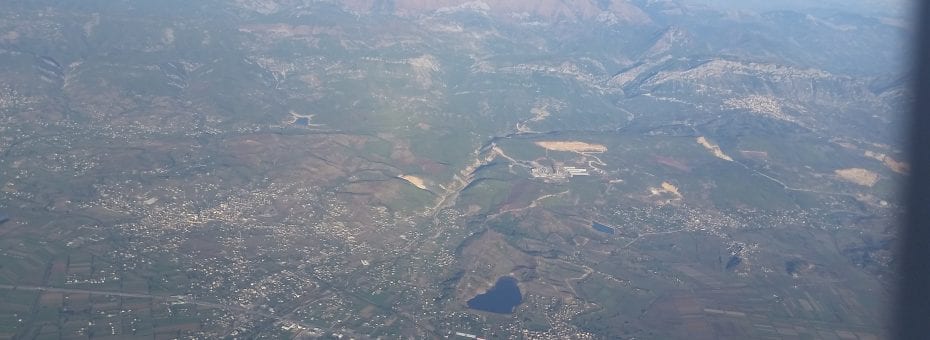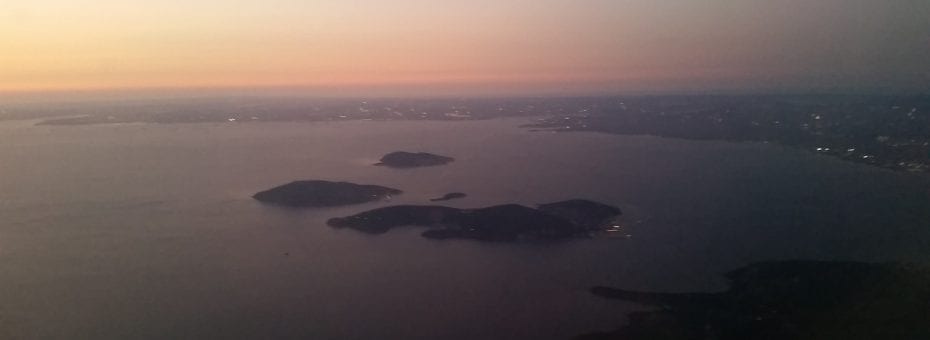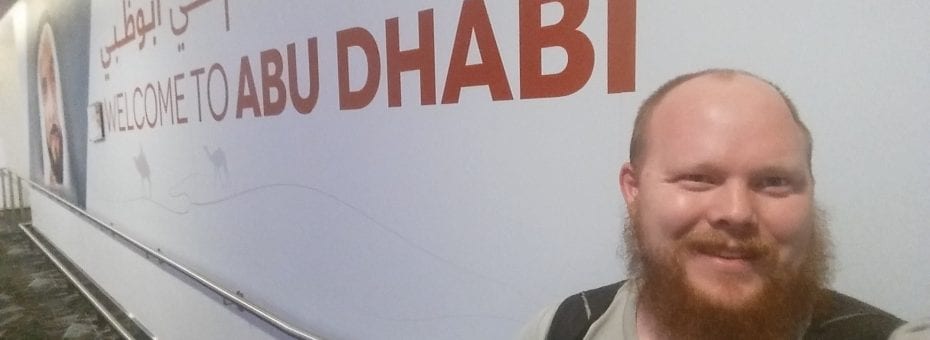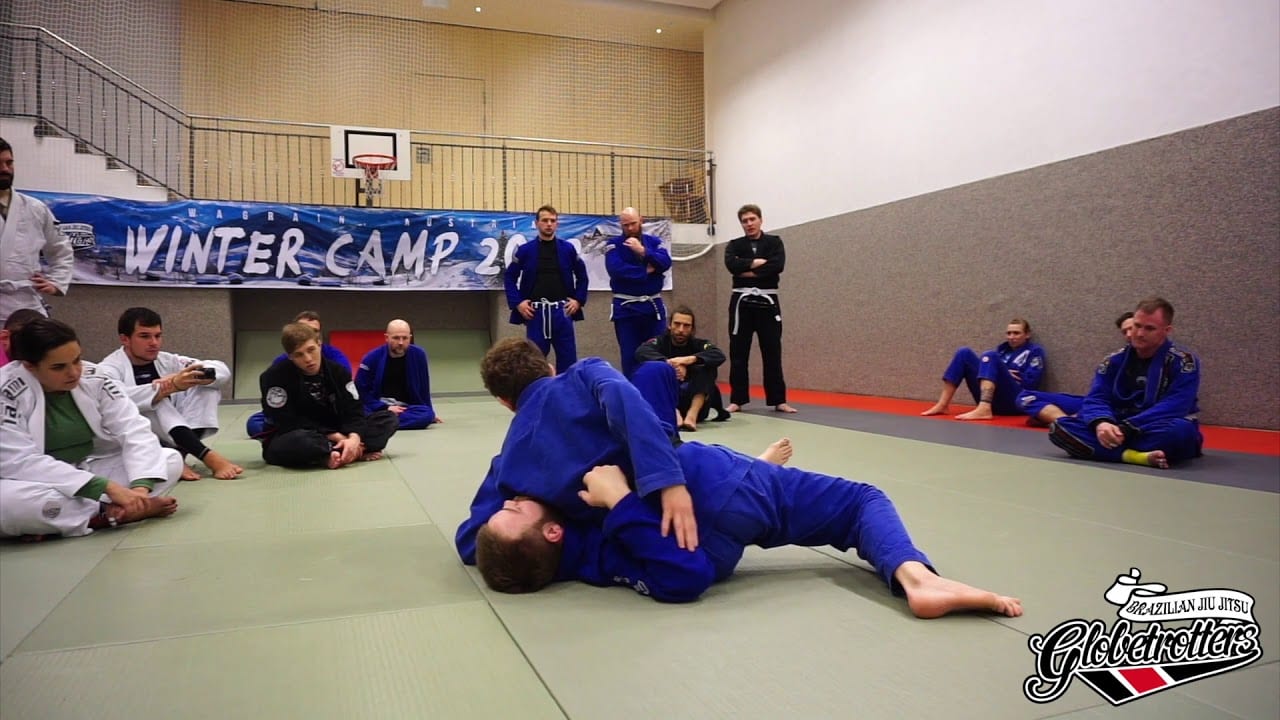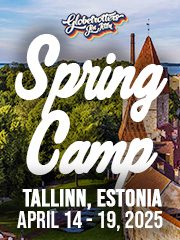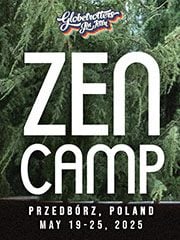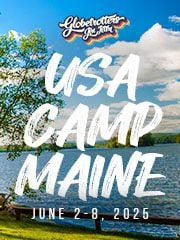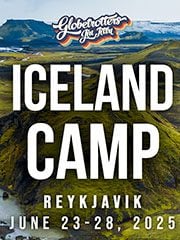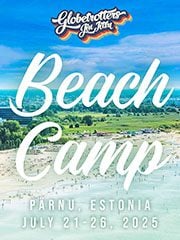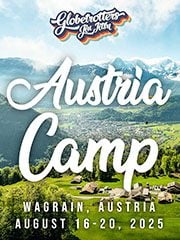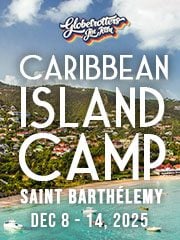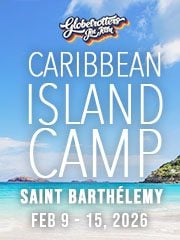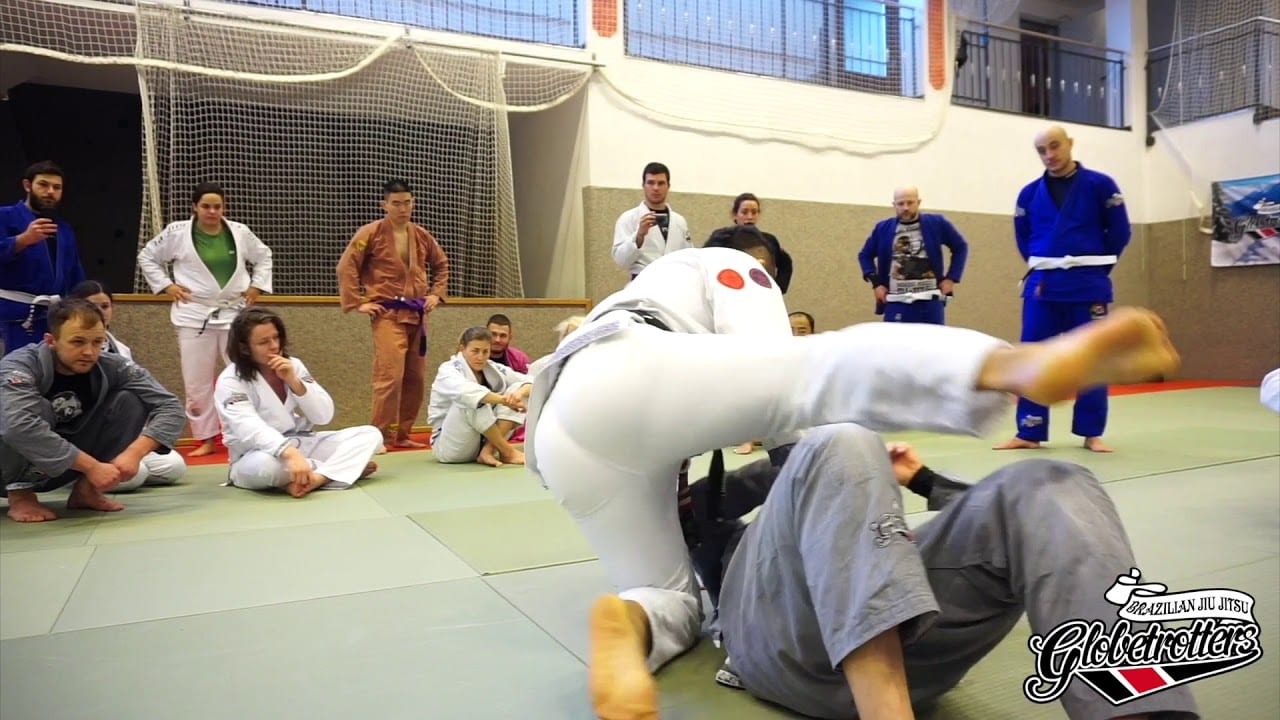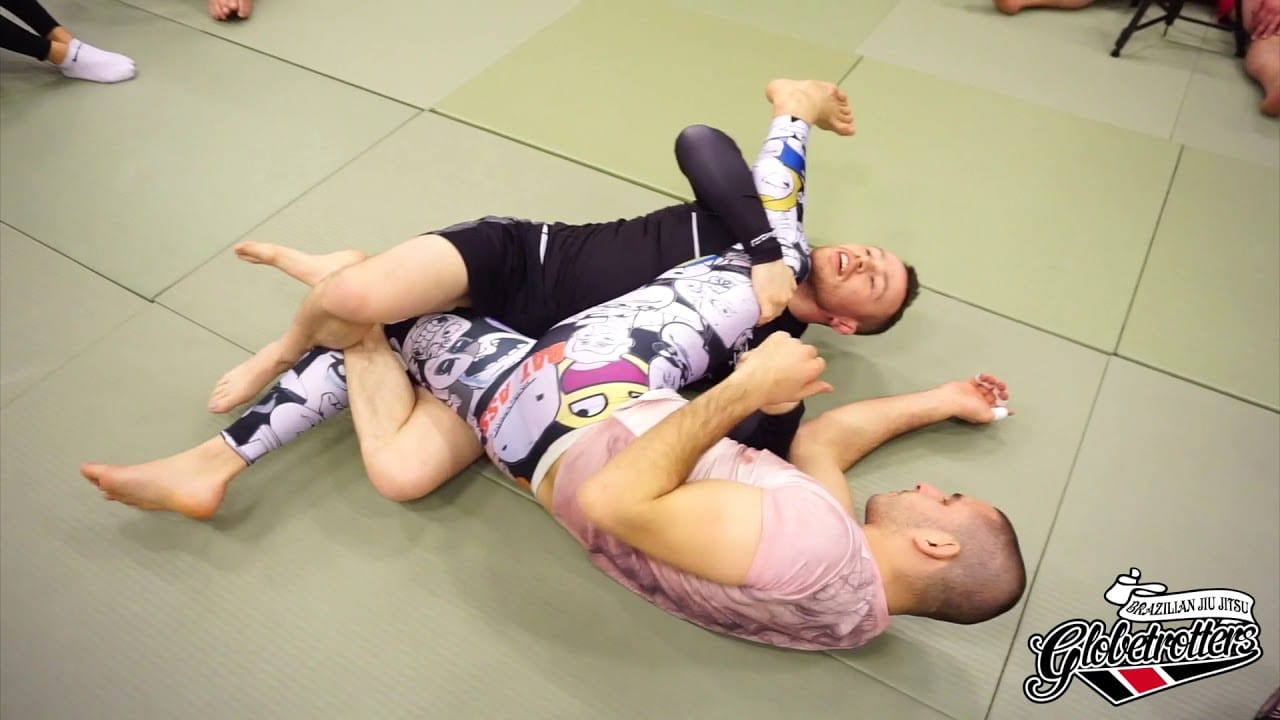Building the BJJ Travel Phrasebook
About a month ago I had the idea of compiling a multilingual phrasebook for travellers interested in training, teaching, or competing in Brazilian Jiu-Jitsu around the world. BJJ is, after all, a remarkably international sport – as even a quick glance into the BJJ Globetrotters Facebook group will show – with hundreds, possibly thousands of grapplers bumping fists on mats everywhere from Ukraine to Bhutan at any point in time. I’ve been lucky enough to be able to train in 15 different countries myself, and although grappling is as close to a universal language as you’re likely to get, sometimes it would have been handy to have had some linguistic insight into what my training partners were saying other than “Ирландия? Ah, Конор Макгрегор!”
In this globalised age there’s no denying that English will get you pretty far when it comes to communication, but depending on where you are that is by no means guaranteed. And besides, learning some of the local language is an immensely satisfying aspect of travelling as well.
And with that, the idea for the BJJ Travel Phrasebook was born.
The first step was the easiest – coming up with the list of phrases that would form the basis of each chapter. For this, I basically sat down and made a note of everything I had either said or tried haphazardly to formulate when introducing myself at academies out on the road (reminding them we’d previously been in touch via Facebook, asking if there’s a drop-in fee, enquiring if they have patches or anything else I could buy as a souvenir etc.) or would have found helpful during warmups or rolling. Given the almost limitless anatomical permutations it’s possible for us twist ourselves into over the course of 90 minutes, and the almost equally wide range of academy-specific drills and routines out there, I decided to focus on the basics (pushups, situps, stretching) coupled with a list of all the core submissions, actions, and body parts. This, or so I hope, will at least enable you to pick out the key parts of an instructor/training partner’s explanations, and provide the foundation for building your own sentences if you’re feeling particularly ambitious.
Given the extent to which the international tournament scene has been growing in recent years, I also considered that someone might want to go abroad and compete, and thus want to ask officials where to weigh in or just know what that Uzbek guy’s coach is screaming at him with 30 seconds left to go in the match. Here as well, there is a considerable range of questions and minor variations thereof that might arise during the typical tournament day, but with the final list I hope to have at least laid some solid building blocks with enough vocabulary that will let you improvise if the need arises.
Once the list of phrases was in place, it was just a matter of finding people who would be able to translate them.
In a recent podcast I did with BJJ Globetrotters founder Christian Graugart, we briefly digressed from talking about polar bears and abandoned Cypriot cities to discuss the pros and cons of Facebook. Although Zuckerberg’s evil empire – and social media in general – has earned itself a deservedly questionable reputation for privacy violations and propagating countless societal hours of heads-down, timeline-scrolling monotony, there’s no doubt that it can be absolutely phenomenal as a networking tool. After several years of travelling and a handful of Globetrotters camps along the way, I have people in my friends list based everywhere from Nuuk to Ushuaia who speak languages from every major family under the sun, and who are all unfailingly passionate about this sport we share in common. So right there was my first source of input. I posted a list of suggested languages, asking if anyone would be willing to contribute roughly 30 minutes of translation work to a project that would hopefully be of benefit to the worldwide grappling community as a whole, and several hours later I already had volunteers for 14 languages in the bag.
As that initial wave of volunteers jumped into action and the individual Google Docs began filling up with input, I started considering exactly which/how many languages I ultimately wanted to include. Initially I had intended the phrasebook to be an entirely utilitarian and pragmatic guide to navigating your way along the mats of the world, and thus my preliminary list focused almost entirely on major world or regional languages – i.e. languages you would actually need in order to communicate with the average inhabitant of a country. Thus there was German and French but no Luxembourgish, Danish but no Greenlandic, and not a single mention of Irish, Maltese, Basque, Kazakh etc., since every single inhabitant of those countries most likely speaks another, more “important” language that was already on the list.
However, after several days of thinking about exactly what I wanted this project to stand for and achieve, I realised that this was far too reductive a way of looking at things. After all, who’s to say what languages you really need out in the world? You could quite realistically spend months hitchhiking the length and breadth of Iceland without needing a single word of Icelandic other than “Takk” (possibly prefaced by “No, I’ve had quite enough hákarl for today, .…”), but does that mean Icelandic should be excluded from the list? Or Dutch, because of the universally impressive command of English in the Netherlands? Or Georgian, because most people would probably understand some Russian?
At the end of the day, a language – any language – is a living record of a people’s history, culture, struggles, and path across continents and through countless shifting borders, empires, and wars from the time it was just the mutually understood gruntings of a small group around a particular campfire. And I want them all to have a voice here, regardless of how many millions, thousands, hundreds, or dozens of people speak them in the modern world.
I went back to the list, expanded it, and opened it up to a wider audience – the BJJ Globetrotters Facebook group. By the end of the week I had doubled the amount of languages I had volunteers for, and a handful of other people that came from r/bjj or via secondary referrals bumped the final tally up to the 36 languages you can see in the first edition of the phrasebook today.
Challenges along the way:
- Where and how to publish? Right from the very beginning, I wanted the phrasebook to be as easy to access as possible – no weird plugins or new software required for people, no signing up for accounts, and no hidden costs. After consulting with some friends that are significantly more tech-literate than me, I decided to go with Dropbox since it’s about as straightforward as it gets. It also lets me see which countries the most downloads are coming from, so I can determine if any languages/regions of the world are finding it particularly more useful than others.
- When building the book in Adobe InDesign, there were several languages that dug their heels in and initially refused to cooperate for a variety of reasons, usually due to writing system or direction. Getting Hindi or Georgian to display correctly was just a matter of googling the right new font to install, but figuring out a way to persuade right-to-left Hebrew and left-to-right English to get along in the same place is still an ongoing struggle…
Random observations and discoveries:
- Growing up and studying Irish in school, I remember finding it strange that we used that same word for both leg and foot – “cos”. As the input for this project came in, I realised that this is the case for actually quite a few languages – where you basically have no way of verbally distinguishing between foot and leg without clear context, or just pointing. In a sport where a few inches can make a difference between an effective grip or a successful submission, I’d be curious if any coaching difficulties ever arise when you can basically only shout “50% of the human body” and hope they get which one you mean.
- Many languages simply use the original English/Portuguese/Japanese names for techniques and positions, or else just localise them in a very minor way. Of all the various ways of cranking, twisting, and repositioning each other’s limbs that we’ve come up with though, the one thing that remains absolutely unchanged across all languages is… *drum roll* De La Riva guard. Even other stalwarts like “kimura” and “omoplata” might sometimes be described generically as some variation of “shoulder lock”, but De la Riva is De la Riva everywhere from Malaysia to Greenland.
The future of the phrasebook:
Even before the first edition of the phrasebook was online, I started thinking about what the next step(s) could be. I am most definitely going to publish a second edition at some point in the next few months, and this time I’d really love to dive in and open it up to a whole series of smaller, lesser-known languages. I already have a draft list of the ones I’d particularly like to include, and from mentioning this in passing on Facebook I even have one of the first volunteers lined up – for Māori, which is pretty fucking cool.
As well as an expanded set of languages, I’d also love to move with the times and publish the phrasebook in a more mobile-friendly format. Certainly something like an app would be much more useful than a set of crumpled printouts to the average traveller nowadays, and this is something I’m actively looking into as long as I can keep it a.) easily accessible to as many people as possible and b.) free. In fact, there might even be something in the works there already.;-)
Lastly, I think it would be even more helpful to have some kind of pronunciation guide for each of the phrases in the book. After all, it’s one thing to send someone in to a gym in Georgia and tell to introduce themselves with “Tkvens kakakshi viknebi ramodenime dge, sheidzleba tkventan vivarjisho?”, and another thing entirely to pull that off comfortably without stumbling over half a dozen throaty Caucasian consonants along the way. I already thought about including an IPA (international phonetic alphabet) accompaniment for every phrase, but this would take a lot of additional work and ultimately in the English-speaking world there aren’t that many people that can read IPA anyway.
So I think the absolute best option would be to have an actual audio guide where you could click a phrase and hear it spoken aloud by a native speaker, Forvo-style. That way you could practice your pronunciation beforehand as many times as you like or, all comes to all, just press the button and hold it up to the person you’re trying to communicate with.
Of course, that would be significantly more work that just adding a written pronunciation guide, but it’s something I’ll definitely look into.
Stay tuned!
——-
Get the first edition of The BJJ Travel Phrasebook in PDF form here, entirely for free:
https://goo.gl/D3FKSu (Dropbox link)
I have every intention of publishing a second edition later in the year, and would really like to branch out and include more languages. If you speak any language that isn’t currently in the book and would like to contribute translations, just get in touch! Either PM me on Facebook or drop me a line at ru***************@***il.com

